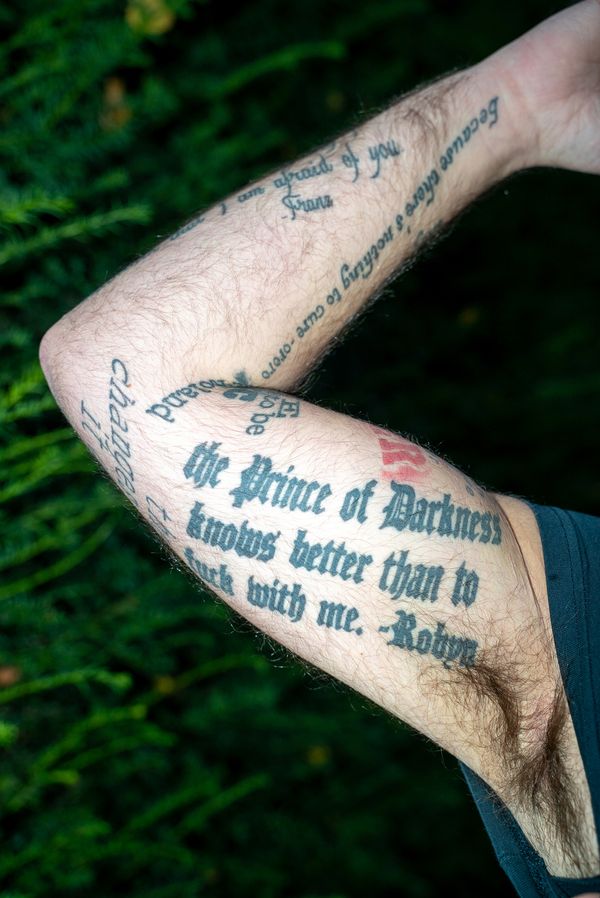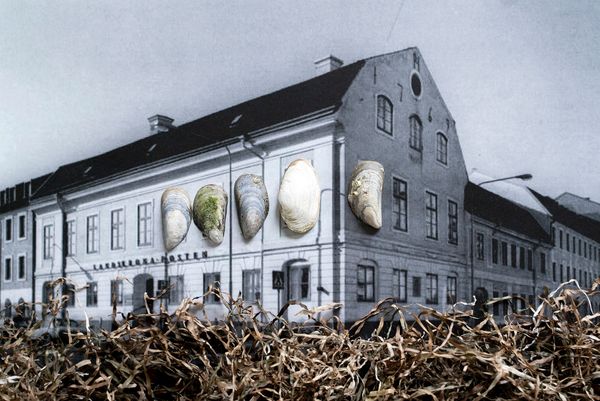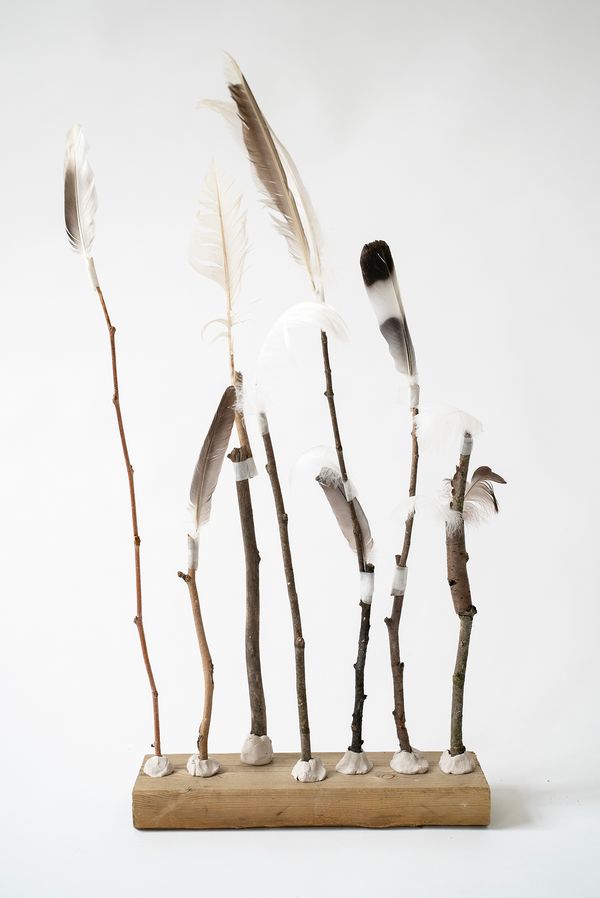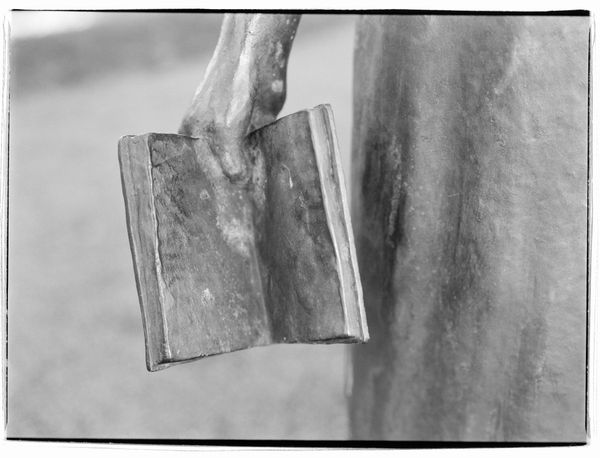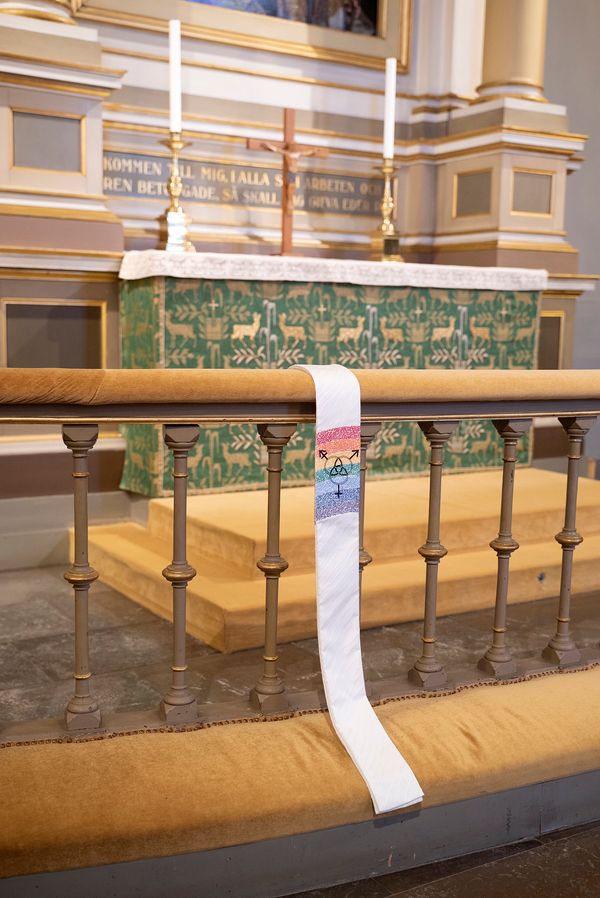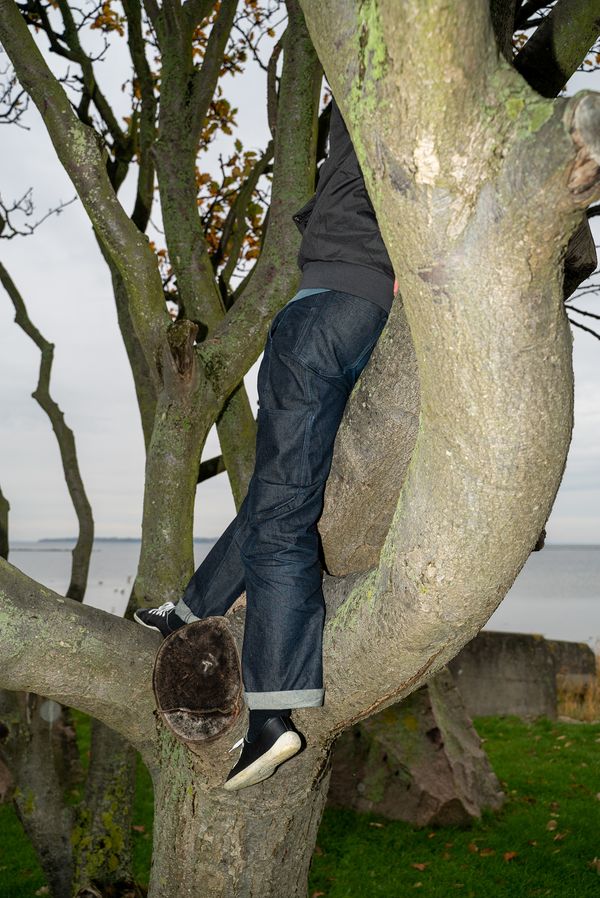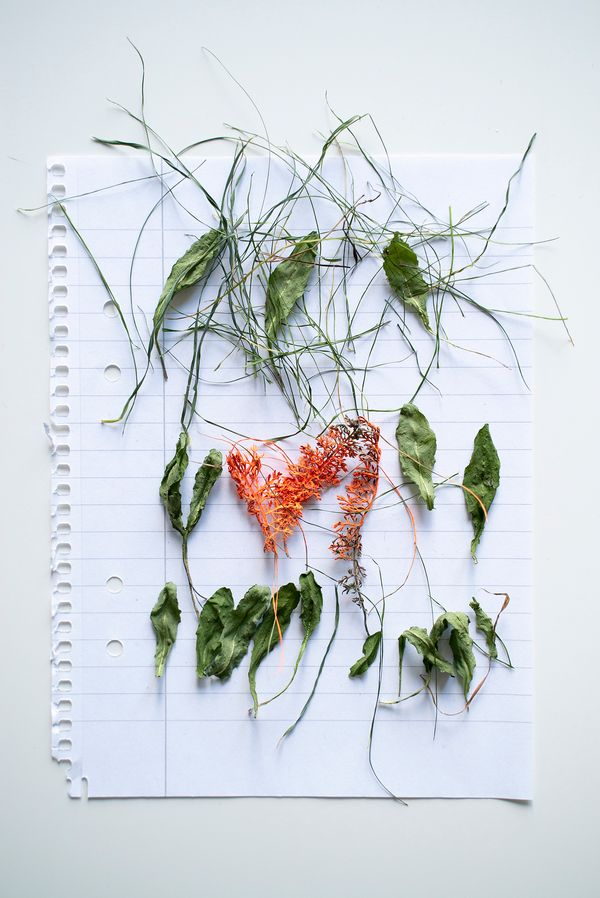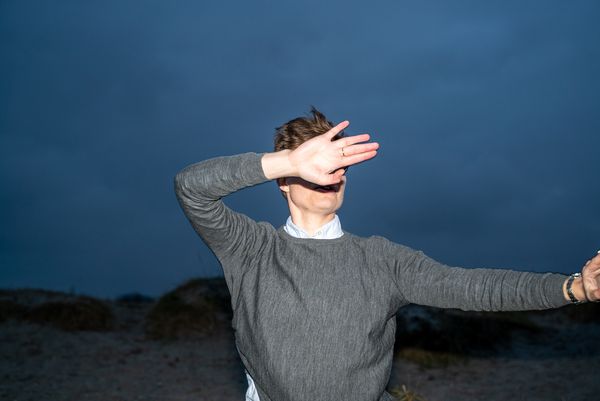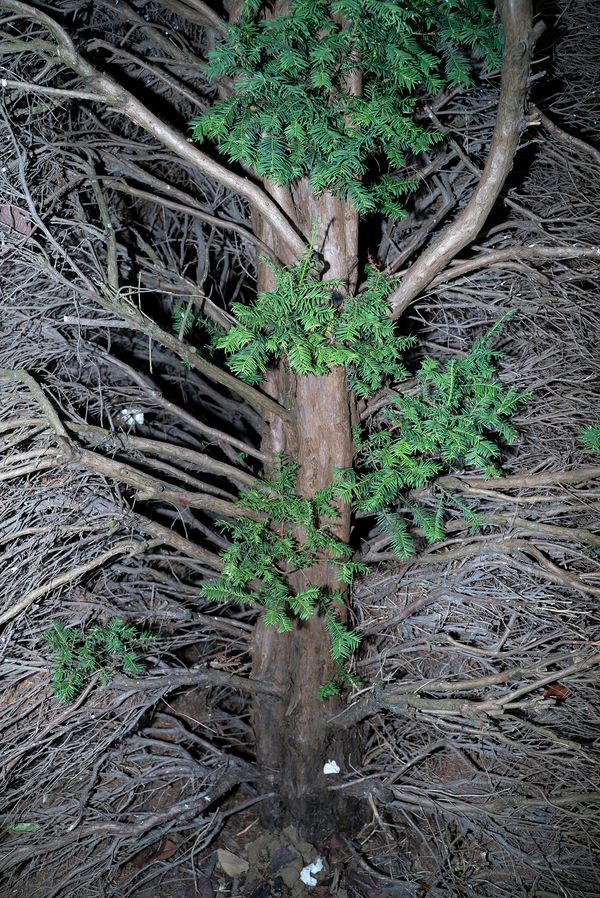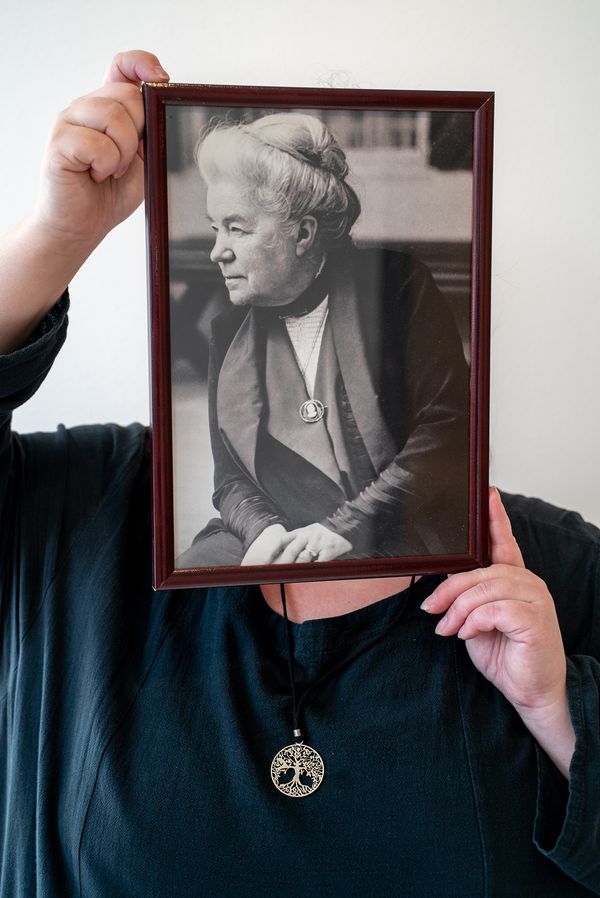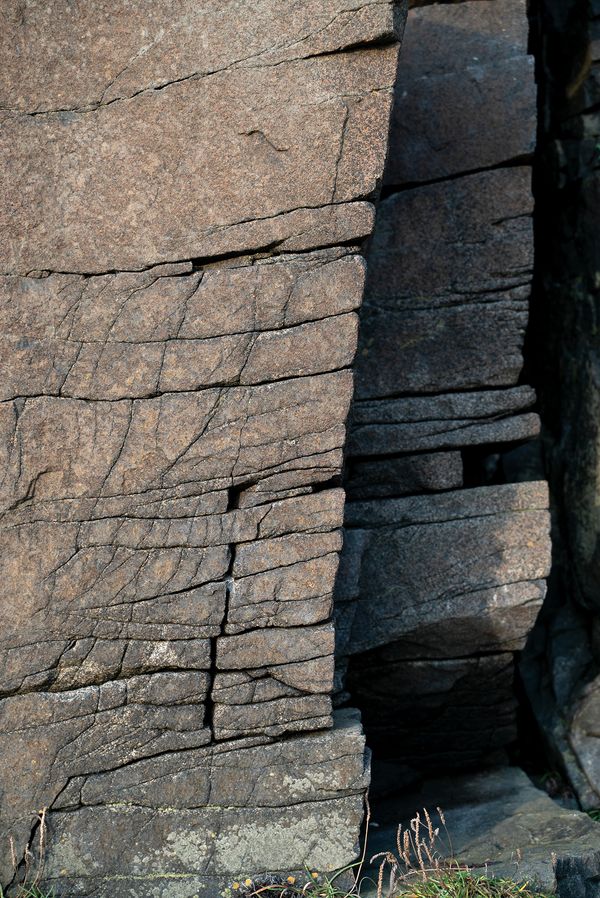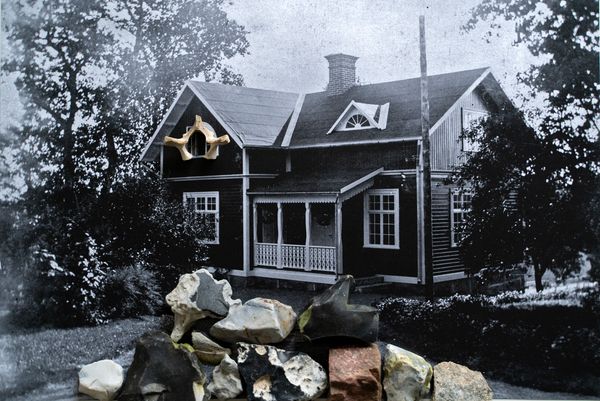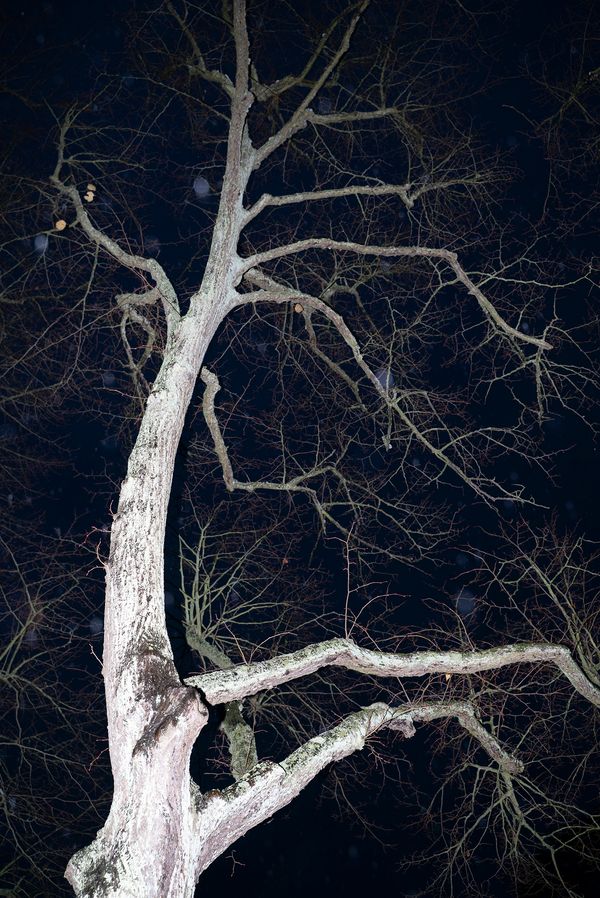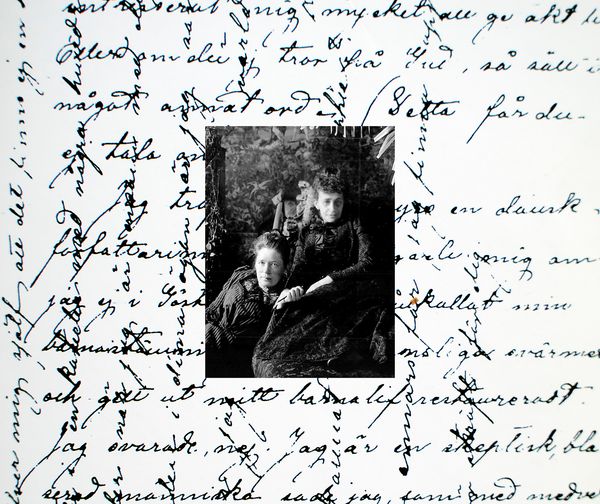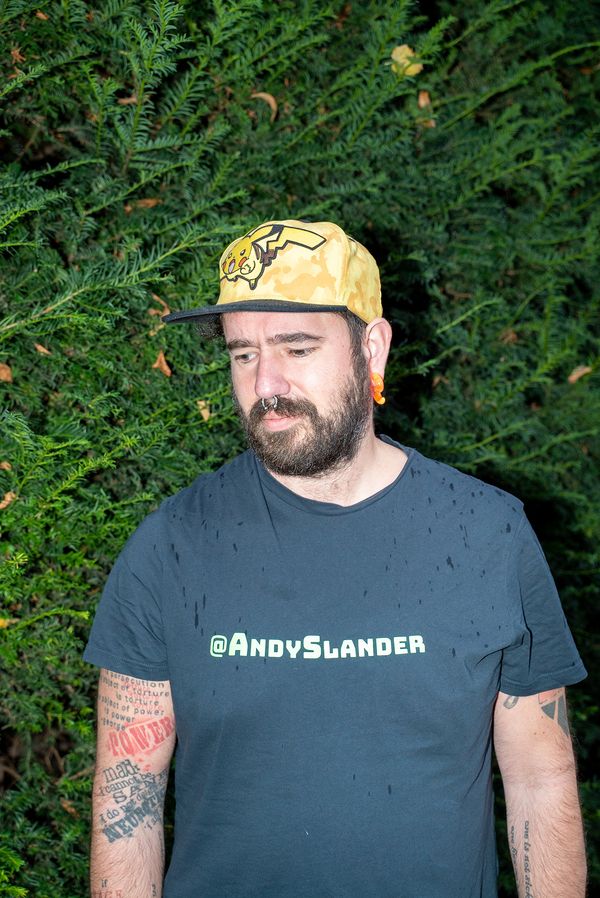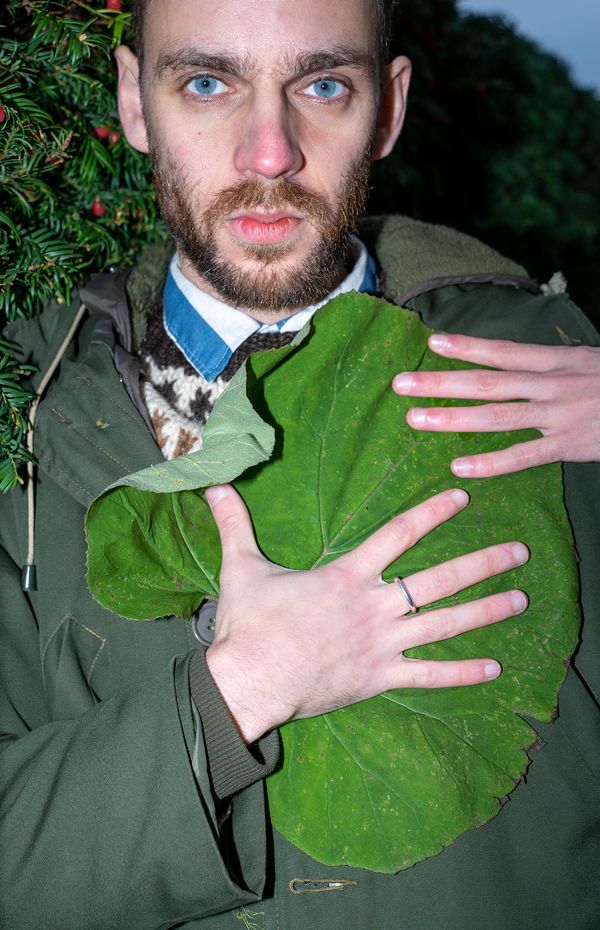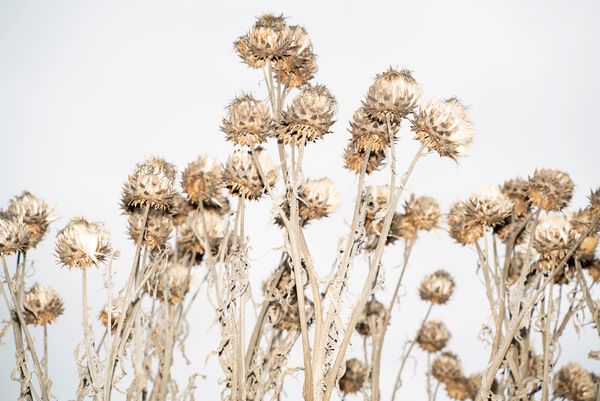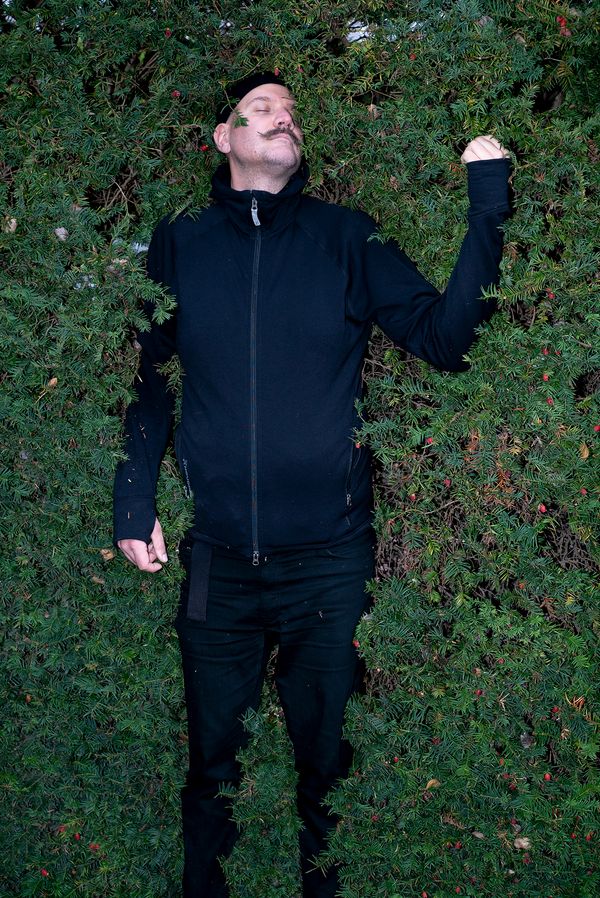LOVE THAT DARE NOT SPEAK ITS NAME
-
Dates2020 - Ongoing
-
Author
- Locations Sweden, Landskrona
My project delves into the queer biography of Selma Lagerlöf, a Swedish writer, and through exchange with Swedish LGBTQ+ community traces complex relationships between the history and the present.
‘LOVE THAT DARE NOT SPEAK ITS NAME’ is my new ongoing project, which I started at Landskrona Foto Residency in October-November 2020.
This project starts my investigations into queer biographies of important figures in literature, culture and the arts. Juxtaposed with the contemporary situation of LGBTQ+ community, it looks at the relevance of uncovering, underlying, bringing back the forgotten, hidden or never told stories from the past. Through choices of specific geographic regions and personas from our common history, I delve deeper into local context at the same time asking broader questions about queer representation, importance of queer biographies and queer history universally.
The term ‘love that dare not speak its name' comes from Oscar Wilde, another famous queer celebrity, and it was used in the 19th century to refer to gay and lesbian love.
The first part of this project follows the footsteps of Selma Lagerlöf, a Swedish writer and the first woman to receive a Nobel Prize in literature in 1909 and to be admitted to Swedish Academy in 1914. Selma lived in Landskrona with her aunt Lovisa Lagerlöf between 1885 and 1895. She worked as a country schoolteacher at a high school for girls in the city, while developing her story-telling skills, with particular focus on the legends she had learned as a child. She liked the teaching profession and appreciated her students. She had a talent for capturing the children's attention through telling them stories.
On the surface, a stern spinster, or “Snow Queen” as she was called during her life, she proved everyone wrong when her intimate correspondences – which she had asked to be made public only 50 years after her death – revealed a colourful hidden love life. Selma wrote extensively to her two female loves. Finally published in 1990, her enormous collection of private letters, notable amongst which Lagerlöf’s letters to Sophie Elkan, Du lär mig att bli fri (You Teach Me to Be Free) tell a passionate love story that began in 1894 continuing until Elkan’s death in 1921. The letters showed that Selma had a passionate triangle involving another woman, Valborg Olander, whom she met in 1898 and who became her other long-lasting love.
What traces of Selma, her life, and her intimate thoughts & feelings can be found in Landskrona today? How can one connect to her inner-life through photography? I tried finding spaces that she lived in, walked around, attended, or visited. Re-inhabiting the subtle, mysterious, secret atmosphere of her life – reflected in the tissue of the city and space, nature and the sea. In a way she herself sent her own letters into the future, hoping that many years after her death they will find a more open-minded spirit amongst people. Did they? On the other hand I looked at the queer life nowadays in Landskrona and in the region of Skåne. How does this future, the ‘years after’, which Selma so longed for but would never live to see, look like today. How profound is the change for queer people?
The project includes several elements woven together. The archives (images, postcards, documents) related to Selma’s life and fragments of her letters. A series of photographs both digital and analogue that try to trace Selmas elusive, secretive, mysterious feelings, thoughts, underlined with the writer’s love for Swedish legends and tales, and most significantly her love for nature. I look for the fleeting moments that Selma might have had while living in Landskrona. Finally the portrait of a queer community nowadays in the city. I met with 6 persons and with each one of them I created several artworks. With everyone I had a long conversation, which I recorded (and I use quotes from it), followed by a photo shoot, and a video session, during which we recorded each participant reading a favourite quote from Selma’s love letters. What do Andie, Hanna, Jonas, Lila, Martin, and Vanim tell us about queer legacy, the rise of nationalism, activism, and relationship anarchy?
Part of this project involved as well working with the notion of home and belonging, which led me to creation of several collages. I also thought of the materiality of the letters, writings and feelings, which meant experimenting with objects & sculptures. I constructed them using local materials and then photographed the outcomes.
The project looks at Selma’s queer legacy through contemporary lens, and explores if & why such legacy is important. Queering Selma’s biography turns out to be, still nowadays and even in Sweden, a significant gesture. I found out that many people are not aware of that aspect of her life, even in the queer community. I investigate the past through present and present through the past.
